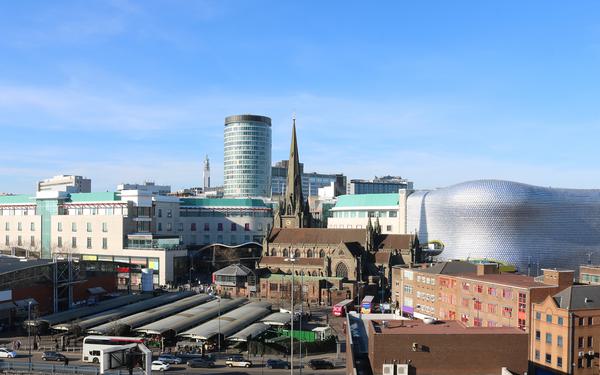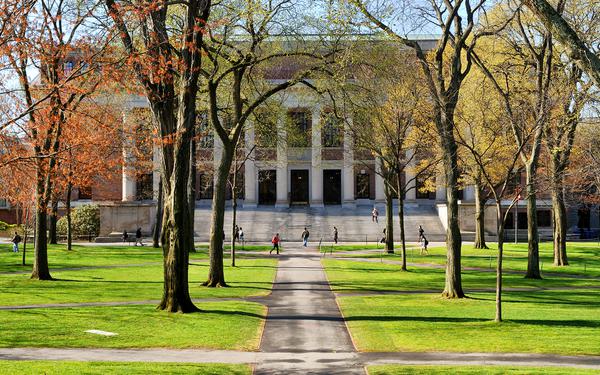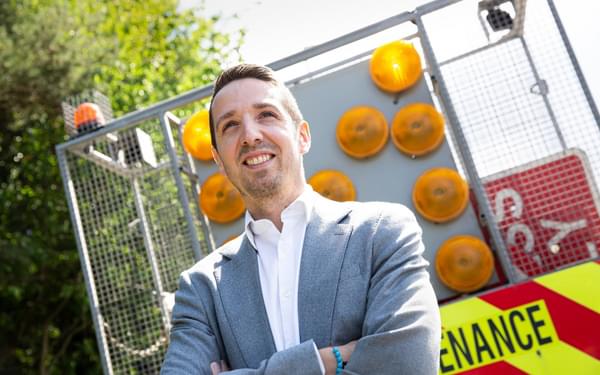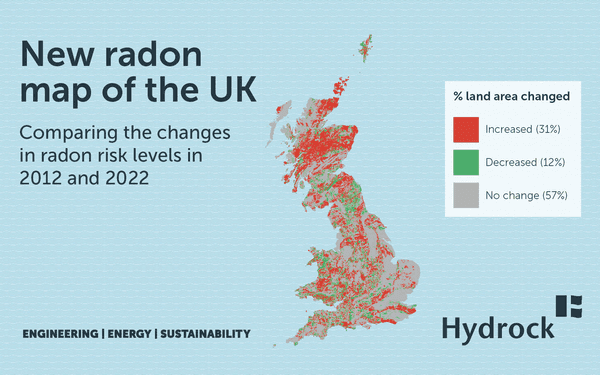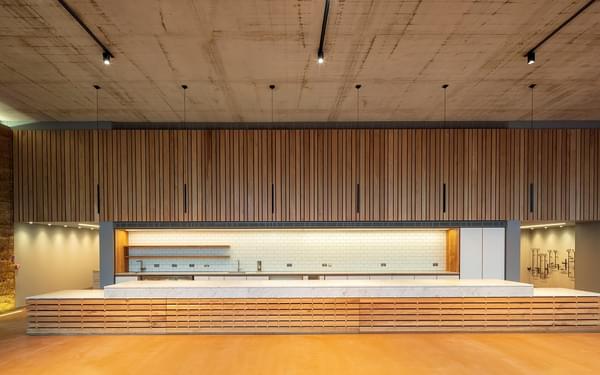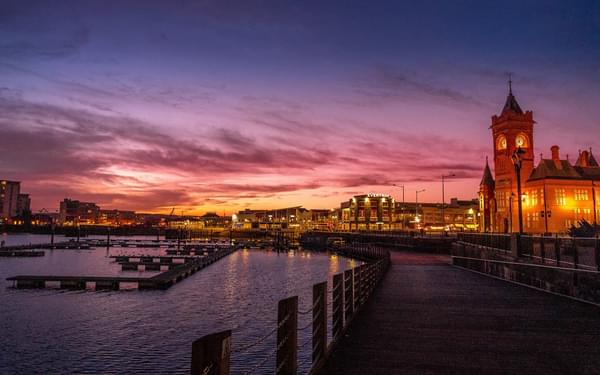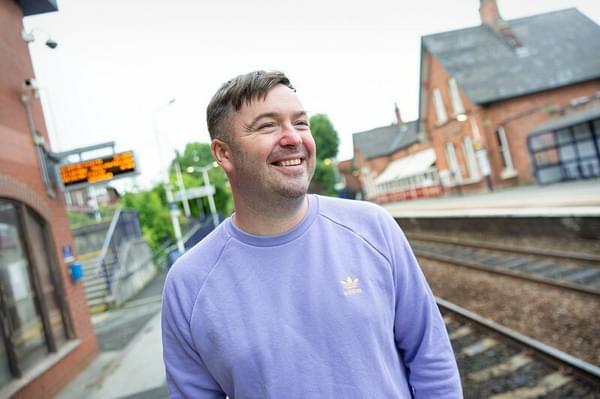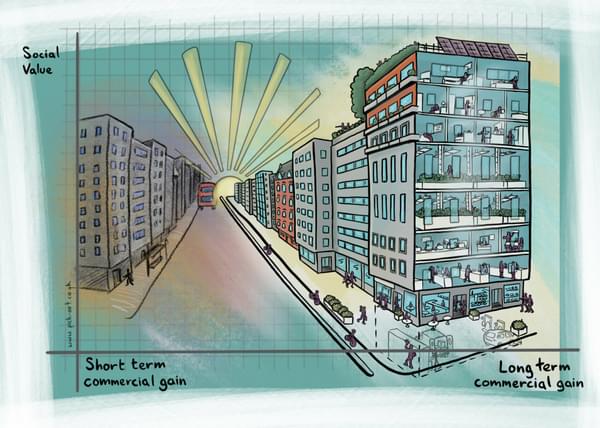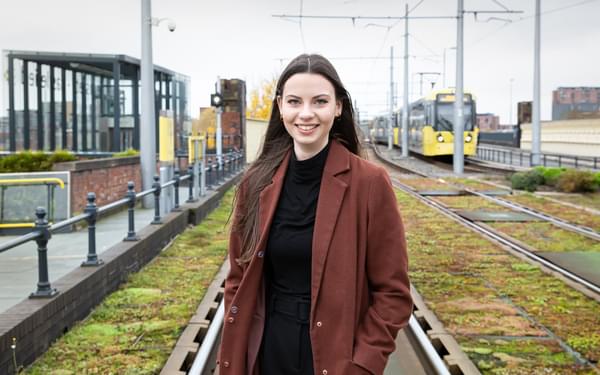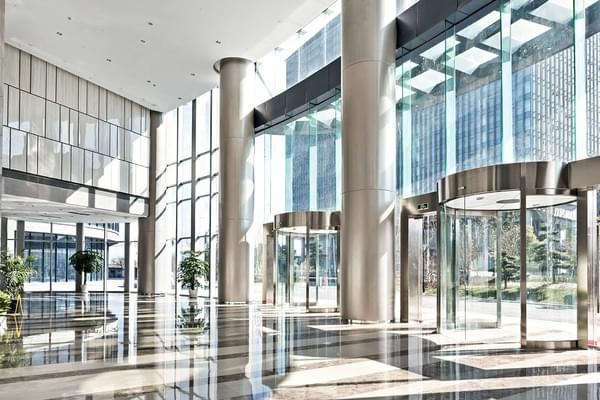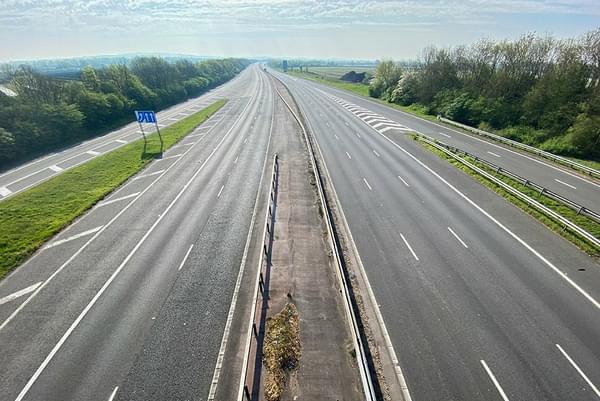Back to Articles
Place North West Insights: Gearing towards a car-free city
Chris Rushton \ 13th Oct 2023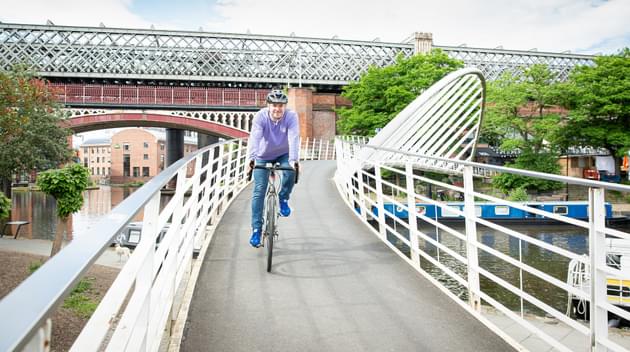
As an urban planning concept gaining traction, the 15-minute city brings basic necessities closer to communities. This includes access to housing, jobs, schools, healthcare, leisure and green space.
The construct is a way of reducing car dependency, improving public health, and creating more equitable, liveable and sustainable cities.
Transport is central to the world’s intensifying climate crisis. In the UK, vehicle traffic is responsible for around 25 percent of air pollution and 23 percent of our carbon emissions (excluding aviation and shipping).
Due to the pressure on local authorities to take climate change action, we’re seeing an increase in initiatives that promote sustainable modes of travel. These include green transport, ultra-low emission zones, low-traffic neighbourhoods and schemes that reorganise physical space around the human experience of time.
While not a new phenomenon, these vehicle traffic reduction filters are crucial to a thriving economy and our local authorities need to get them right.
But several obstacles stand in the way of implementing these central ‘isochrones’ such as the cost of infrastructure, successfully promoting its benefits to the public and political will.
Sustainable transport: Incentivising a change of mindset and behaviours at scale
A modal shift from the dominance of private cars to sustainable modes, such as active travel and public transport, must include both opportunities and incentives for people to transition.
As a transport planner and avid cyclist, it makes perfect sense to reduce our reliability on cars in favour of more doorstep amenities. But is change, regardless of the context or form, ever really that simple?
Picturing the person staring at the four, easy-to-access wheels outside their front door on a rainy Manchester morning, I can empathise with why they would resist changing the habit of a lifetime.
However, after that initial “easy” decision to travel by private car, everything that follows often becomes frustrating — dealing with traffic congestion, re-routing due to a road accidents and road maintenance, and, after all that, STILL getting wet because you choose to park a bit further from your final destination because the parking is £5 cheaper than the NCP car park (other operators available) which was closer and your umbrella can’t handle the gales.
And that’s an illustration of Greater Manchester in the summer months …
The sustainable ideal would be to brave the elements and head to the nearest bus stop, Metrolink or railway station for a fare far cheaper than the cost of fuel. Or, if you’re like me, hop on two wheels and utilise cycling infrastructure.
Walking and cycling are not only the cheapest options, they also contribute to health and wellbeing. With the UK’s current obesity rates being the highest in Europe, with 1 in 4 people classed as obese, the link between the way we currently live and travel is evident.
The sticking point has been that behavioural challenge of nudging people out of their old habits with a viable alternative to lean into.
Our mayor has stressed that finalising the Greater Manchester Spatial Framework and creating a “London-style transport system” for the city-region are priorities. This has been demonstrated by the introduction of the first Bee Network Buses in September 2023, with the scheme providing a one-stop shop for all local public transport and active travel journeys, connecting buses, trains, trams, and cycle infrastructure across Greater Manchester.
Greater Manchester: The “worst city in Europe” for clean and green transport
I had to double-check the Guardian headline when I saw it. The report from the Clean Cities Campaign placed Greater Manchester bottom of its pile based on the proportion of zero-emission buses, the number of shared electric vehicles and publicly available charging points, and how many shared e-scooters and bikes were available — all measures that indicate how a city’s investment in zero emissions.
Wider adoption of new technologies and well-designed transport strategies to improve the way we live and travel, such as car-free zones, green transport and micro-mobility, within the city, would drastically improve the quality of the air we breathe and support healthier living.
With the Clean Air Bill (Ella’s Law) expected to be passed as new legislation towards the end of the year, there’ll be a new set of minimum air quality standards for development. The proposed changes also include measures to reduce vehicle pollution and promote active travel.

Time for the car-free city?
Could Greater Manchester, known for its spirit of innovation, take the 15-minute city concept a step further towards a more speculative extreme?
“You can only be the revolution. It is in your spirit, or it is nowhere,” Ursula Le Guin once said.
In my opinion, could we set the bar higher and establish Manchester city centre as the UK’s first vehicle-free (no cars, taxis or buses unless fully electric) city?
Where it is not a ‘necessity’ of the landscape, few cities have taken the leap. Ghent did away with cars in 1996, and Utrecht is building the first car-free neighbourhood for 12,000 residents. Both were established to tackle persistent traffic jams and declining air quality. These car-free schemes open up new possibilities for cycling infrastructure, public transportation, green and blue space, and make room for tourists and residents alike to really ‘experience’ the cities.
All movements need a catalyst. Although this doesn’t solve the challenge of connecting satellite towns to larger concubines so we can alter the realities of economic and geographic inequality, it will put a flag in the ground of where we want to get to.
Our way forward is implementing cheaper, healthier, quicker, reliable and more efficient ways to travel between our cities, towns and neighbourhoods to drive real change in air quality, health and wellbeing, and inclusivity.
Car-free cities with improved connectivity would be the ticket to greater urban density, unlocking development opportunities that could address the housing crisis.
This article originally feature in Place North West Insights in September 2023.






